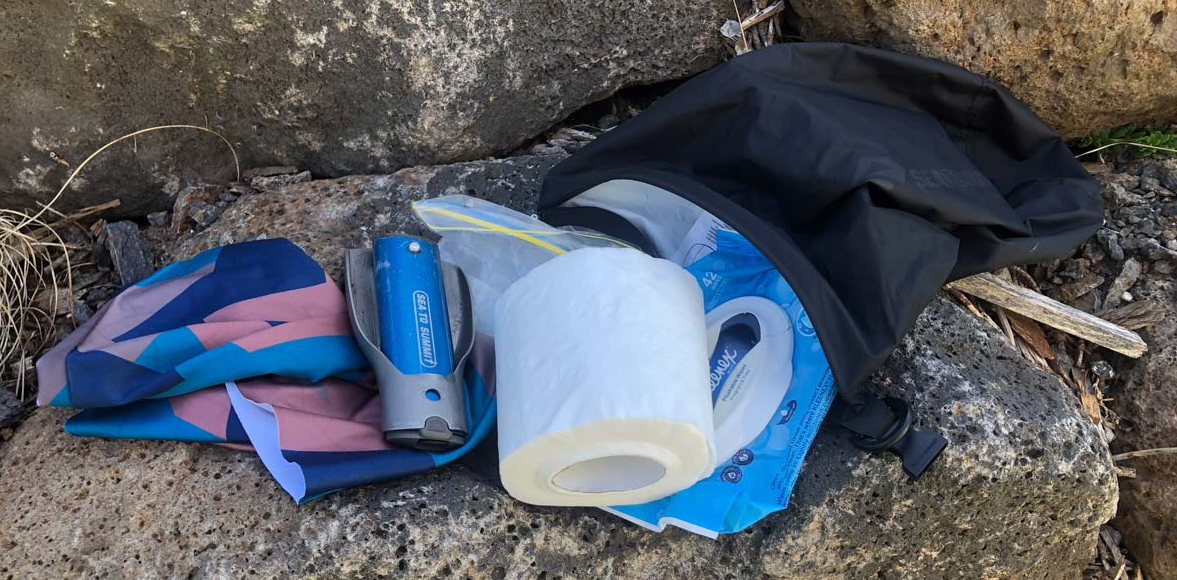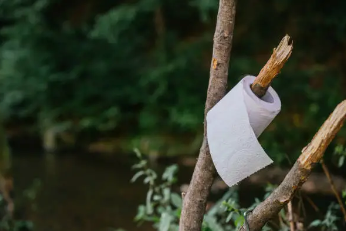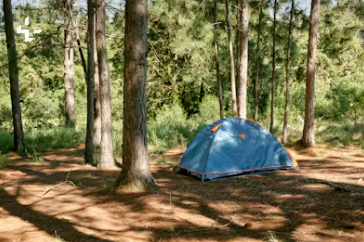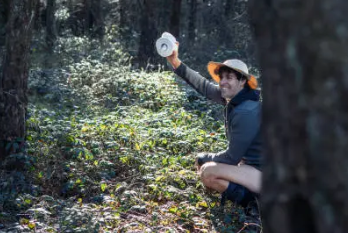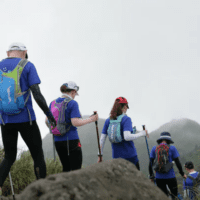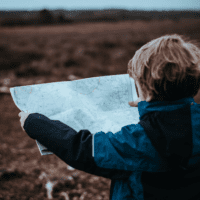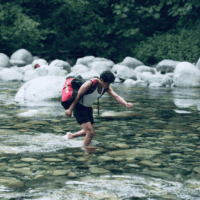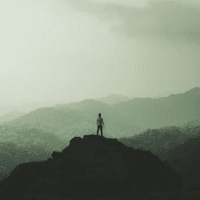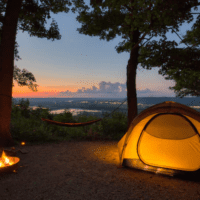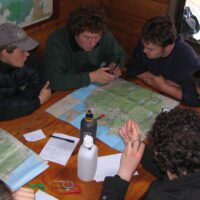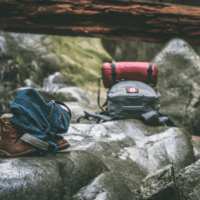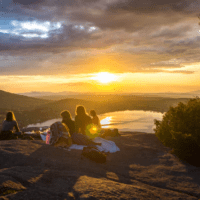A Practical Guide for Bushcraft and Backcountry Trips
Going to the toilet in the bush isn’t something people talk about often—but it’s something every outdoor adventurer needs to know how to do properly. Whether you’re hiking, camping, managing human waste is essential for hygiene, safety, and protecting the environment.
Poor disposal can contaminate water sources, spread disease, and damage fragile ecosystems. It’s not just about personal comfort—it’s about respecting the land, wildlife, and other people who use the outdoors. In New Zealand, where pristine rivers, native bush, and alpine zones are part of every adventure, the impact of human waste can be long-lasting and severe.
Learning how to go responsibly is a key part of outdoor education and a skill that should be taught a
long side navigation, first aid, and environmental care. It’s also a leadership issue—those who guide others in the bush must model best practices and make toileting part of their safety briefings. Whether you’re solo or in a group, knowing how to poop properly is a mark of a prepared and respectful outdoors person.
This guide covers practical techniques, hygiene tips, and ethical considerations to help you leave no trace, even when nature calls. Because in the wild, how you go matters just as much as where you go.
Where you go matters. Human waste can contaminate water, spread disease, and disrupt ecosystems if not disposed of correctly. Choosing the right spot is the first step in responsible toileting outdoors.
Always go at least 50–70 metres away from water sources, tracks, and campsites. This helps prevent contamination and avoids unpleasant surprises for others. Look for organic soil—dark, rich earth helps break down waste faster. Avoid fragile environments like alpine zones, wetlands, or rocky areas, where decomposition is slow or impossible. If you’re in a group, at a campsite that doesn’t have a toilet facility consider the impact of a common area or spreading locations out and the impact this may have on the environment and other users of the area.
Consider slope and drainage – don’t go where runoff could carry waste into waterways. Think about privacy too; a discreet location helps everyone feel more comfortable. If you’re teaching bushcraft or leading youth trips, make this part of your site selection briefing. Responsible toileting is a skill, not just a necessity. It reflects your respect for the land and others who use it. A well-chosen spot protects the environment, supports Leave No Trace principles, and keeps your adventure clean and safe.
The cathole method is the gold standard for backcountry toileting. It’s simple, effective, and widely accepted by outdoor organisations worldwide.
Dig a hole 15–20 cm deep and 10–15 cm wide using a small trowel or sturdy stick. Choose a spot with good sunlight and loose, organic soil—this encourages faster decomposition. After doing your business, cover the hole with the original soil and disguise it with natural materials like leaves, sticks, or bark. This helps prevent animals from digging it up and keeps the area visually clean.
Avoid compacted or rocky ground, which makes digging difficult and slows decomposition. If you’re staying in one area for multiple days, spread out cathole locations and avoid creating a “toilet zone.” In snow-covered terrain, dig down to soil if possible, or switch to a pack-out method.
Teaching this method to new bushcraft learners or youth groups builds responsible habits early. Include it in your trip planning and gear checklist—carry a lightweight trowel, hand sanitiser, and sealable bags. The cathole method is more than just digging a hole—it’s a respectful, low-impact way to manage waste and protect the places we love to explore.
In fragile environments, burying waste isn’t safe or effective. Alpine regions, caves, deserts, and snow-covered terrain lack the biological activity needed to break down human waste. In these areas, the only responsible option is to pack it out.
Use a WAG bag or sealable container type system designed for human waste. These kits contain absorbent materials and seal tightly to prevent leaks and odours. They’re lightweight, easy to use, and accepted at most disposal points. Some conservation areas and national parks require pack-out methods—check local regulations before your trip.
Packing out may seem extreme, but it’s essential for protecting sensitive ecosystems. Waste left behind can persist for decades, harming wildlife and water quality. If you’re leading a group, carry extra bags and explain the importance of this practice. It’s a small inconvenience that makes a big difference.
Include pack-out kits in your gear list for alpine trips, canyoning, or snow expeditions. Make it part of your team’s standard operating procedure. Responsible toileting isn’t just about comfort—it’s about stewardship. Packing out shows you care about the land, the wildlife, and the experience of future adventurers.
Toilet paper is often overlooked, but it’s a major source of litter and environmental impact. Even biodegradable paper can take months to break down in dry or cold conditions, and it often attracts animals.
Use toilet paper sparingly and pack it out in a sealed bag. Ziplock bags lined with foil or paper help contain odors. Leaving toilet paper flowers in wilderness areas looks unsightly.
Always carry hand sanitiser or biodegradable soap to clean your hands afterwards. Poor hygiene is one of the most common causes of illness in the outdoors. Include hygiene routines in your daily briefing if you’re leading a group. A small hygiene kit with sanitiser, wipes, and disposal bags should be standard in every pack.
If you’re running a bushcraft course, teach hygiene as part of your core curriculum. Clean hands and clean camps make for healthy, happy teams. Responsible toileting includes what you use, how you dispose of it, and how you care for yourself and others. It’s not just about going—it’s about going well.
Human waste is one of the most damaging forms of pollution in the outdoors. It can contaminate water, spread disease, and ruin the experience for others. Respecting the environment means managing your waste with care and intention.
Follow the Leave No Trace principles to minimise your impact. This includes proper disposal, hygiene, and education. Teach others how to go responsibly—especially kids and new bushcraft learners. Make it part of your trip planning and group culture. If you’re in a group, mark your spot discreetly to avoid overlap and ensure everyone knows the system.
Carry a small toileting kit with trowel, bags, sanitiser, and wipes. Discuss toileting protocols during your safety briefing. Encourage open conversation—removing the stigma helps everyone feel more prepared. Respect also means thinking ahead: plan for sensitive environments, pack out when needed, and model best practices.
Responsible toileting is a mark of a skilled outdoor practitioner. It reflects your values, your training, and your respect for the land. Whether you’re on a solo hike or leading a team, how you go matters. Leave no trace, leave no mess, and leave the wild better than you found it.
Pooping in the wild isn’t glamorous, but it’s part of being prepared. With a little planning and the right technique, you can stay clean, safe, and respectful of the environment. It’s one of those bushcraft basics that makes a big difference—not just for your own experience, but for the land and people who come after you. Responsible toileting is a mark of a skilled outdoor practitioner. Teach it, model it, and make it part of your outdoor code.
Consider completing one of our outdoor training courses to learn more





